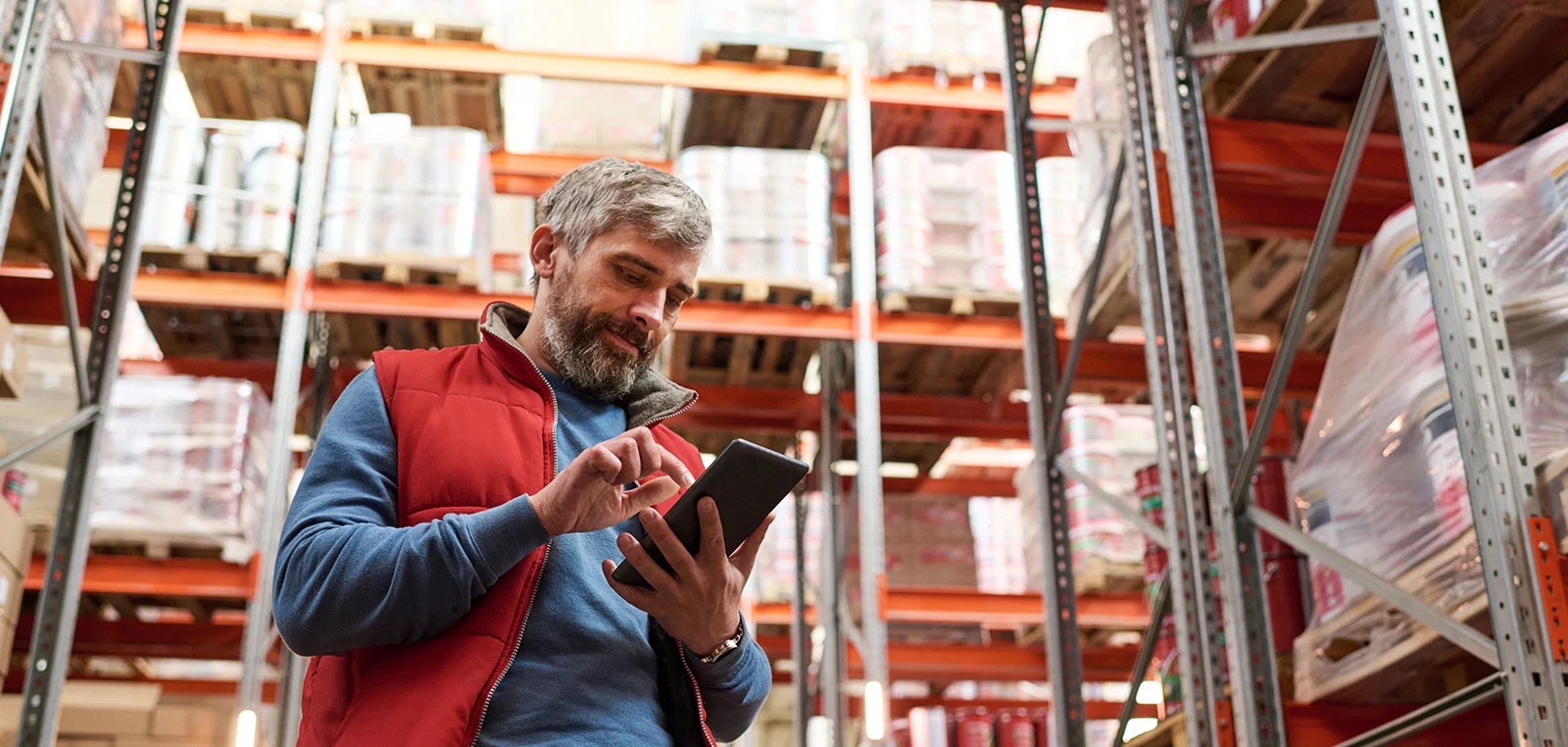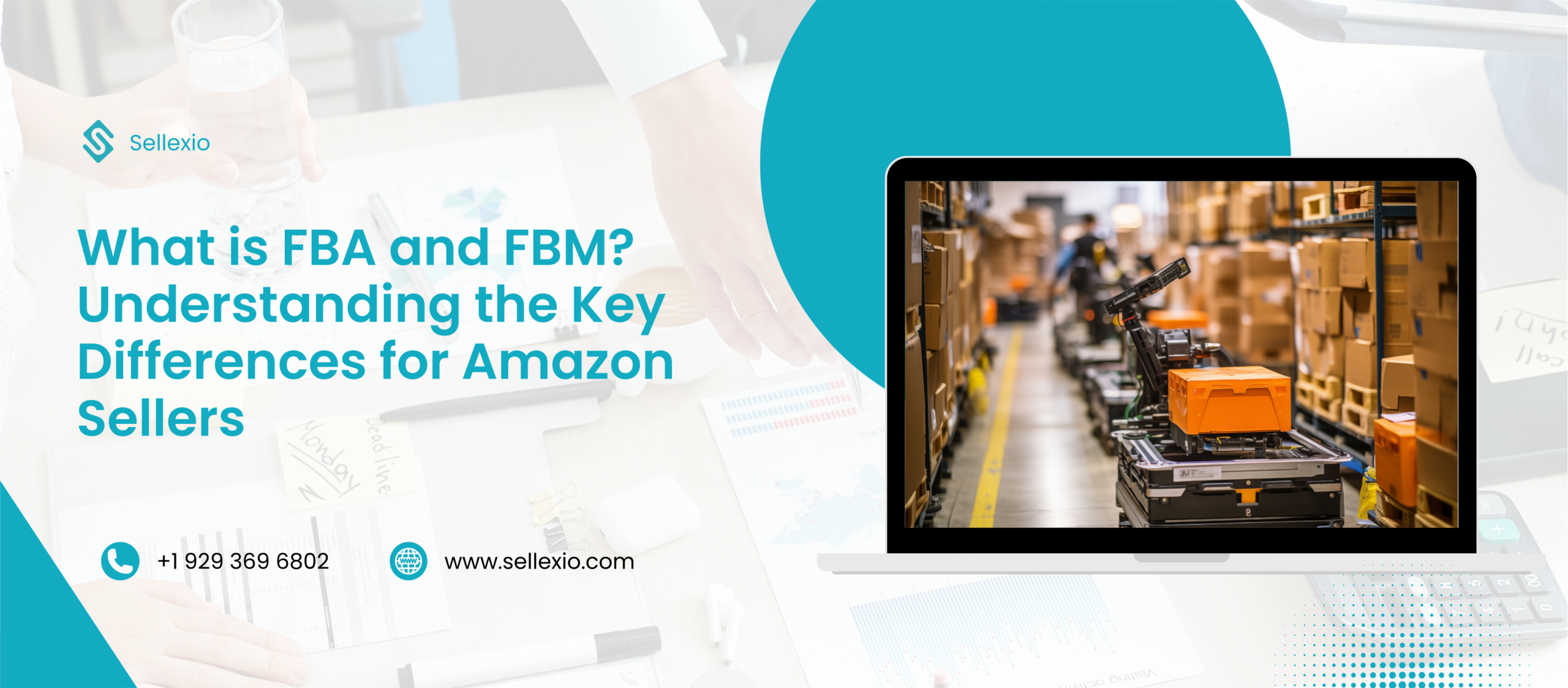When launching a business on Amazon, one of the first big decisions you’ll face is how to handle order fulfillment. The two main options are FBA and FBM. These stand for “Fulfillment by Amazon” and “Fulfillment by Merchant.”
Both models help sellers process orders, but they work very differently. In simple terms, FBA means Amazon stores and ships your products. FBM means you do it yourself.
Choosing the right method is critical. It impacts your cost, control, workload, and customer experience. In this guide, we’ll break down what FBA and FBM are, how they work, the pros and cons of each, and how to decide which one is best for your business.
What Is Amazon FBA?
FBA stands for Fulfillment by Amazon. This model allows you to send your products to Amazon’s fulfillment centers. When a customer places an order, Amazon picks, packs, and ships the item. They also handle customer service and returns.
FBA is ideal for sellers who want a hands-off approach. Amazon takes care of the heavy lifting, and you get access to Prime customers and faster delivery services.
Key Features of FBA
- Amazon stores your products in its warehouses.
- Amazon picks, packs, and ships your orders.
- Returns and customer service are handled by Amazon.
- FBA products are eligible for Prime.
- You pay storage and fulfillment fees.
What Is Amazon FBM?
FBM stands for Fulfillment by Merchant. In this model, you list your products on Amazon, but you fulfill the orders yourself. This means you store your inventory, pack the orders, ship them, and deal with customer service.
FBM gives you more control. You decide how and where to store items, what shipping methods to use, and how to handle returns.
Key Features of FBM
- You store and manage your own inventory.
- You handle shipping, packaging, and delivery.
- Customer service is your responsibility.
- FBM is not automatically eligible for Prime.
- Lower fees but higher workload.
Pros and Cons of Amazon FBA
Pros
- Hands-Off Fulfillment
- Amazon takes care of everything from warehousing to shipping.
- Access to Prime Customers
- Your listings become eligible for Amazon Prime, boosting visibility and sales.
- Improved Buy Box Win Rate
- FBA listings often win the Buy Box more frequently.
- Scalability
- Perfect for sellers who want to grow fast without worrying about logistics.
- Reliable Customer Support
- Amazon handles all service inquiries and returns for FBA orders.
Cons
- Fulfillment Fees
- You’ll pay Amazon for storage and fulfillment. These costs can reduce your margins.
- Less Control
- You rely on Amazon to manage your stock and customer issues.
- Storage Limitations and Long-Term Fees
- Unsold items can rack up high fees over time.
- Strict Prep Guidelines
- You must follow Amazon’s rules for labeling and packaging.
- Sales Tax Complexity
- Managing tax across multiple fulfillment centers can be complicated.
Pros and Cons of Amazon FBM
Pros
- Lower Fulfillment Costs
- No storage or handling fees from Amazon.
- Greater Control
- You control the shipping process and customer communication.
- Custom Packaging
- You can brand your packaging and offer a more personal touch.
- More Flexibility
- Perfect for unique or bulky items that are expensive to store at Amazon.
- Opportunity for Higher Margins
- If you manage fulfillment efficiently, FBM can be more profitable.
Cons
- Time-Intensive
- You must handle every aspect of fulfillment yourself.
- More Responsibility
- You deal with customer complaints, shipping delays, and returns.
- Weaker Buy Box Performance
- FBM sellers often struggle to win the Buy Box unless enrolled in Seller Fulfilled Prime.
- Lower Search Visibility
- FBA listings tend to rank better in Amazon search results.
- Logistics Infrastructure Required
- You need your own warehouse or third-party logistics support.

Key Differences Between FBA and FBM
| Factor | FBA | FBM |
|---|---|---|
| Fulfillment | Handled by Amazon | Handled by seller |
| Storage | Amazon warehouses | Seller’s own storage |
| Customer Support | Managed by Amazon | Managed by seller |
| Prime Eligibility | Included | Only with Seller Fulfilled Prime |
| Scalability | High | Depends on seller’s capacity |
| Costs | Higher, but passive | Lower, but labor-intensive |
| Control | Limited | Full |
| Branding | Limited | Full control |
What Type of Seller Should Choose FBA?
FBA is great for:
- New sellers who want to start without managing logistics.
- Busy entrepreneurs with no warehouse or fulfillment team.
- Private label sellers looking to scale quickly.
- Retail arbitrage sellers handling fast-moving inventory.
- International sellers who want Amazon to handle global shipping.
What Type of Seller Should Choose FBM?
FBM is best for:
- Experienced sellers with fulfillment systems in place.
- Sellers of large, slow-moving, or seasonal products.
- Handmade or custom product sellers needing control over packaging.
- Niche sellers offering personalized customer service.
- Dropshippers who work with third-party suppliers.
Can You Use Both FBA and FBM?
Yes, many sellers use a hybrid approach. This means listing some products via FBA and others via FBM.
You might use FBA for small, fast-moving items and FBM for oversized or fragile items. This strategy gives you the best of both worlds.
Benefits of Combining FBA and FBM
- Avoid stockouts by switching between methods.
- Optimize profit margins per product type.
- Balance logistics and customer control.
- Reduce storage fees by fulfilling slow sellers through FBM.
- Improve business flexibility.
Downsides of Using Both
- Complex operations and inventory management.
- Separate systems needed for fulfillment.
- Higher chance of errors in shipping or pricing.
- Inconsistent customer experience if not carefully managed.
Which Is Better for International Sellers?
FBA for Global Selling
- Amazon has fulfillment centers in many countries.
- No need to handle customs or duties.
- Faster shipping and returns.
FBM for Export Control
- You control your own shipping network.
- Manage duties, taxes, and pricing.
- Ideal if you already have global partnerships.
FBA and FBM for Different Business Models

Retail and Private Label
FBA is better for retail and private label sellers who want to scale. It provides access to Prime buyers and high volume logistics.
Wholesale
Both methods can work. FBA simplifies bulk order handling. FBM allows more control over large orders and shipping customization.
Dropshipping
FBM is the only viable option. You don’t hold inventory. Orders are shipped directly by your supplier.
Tips for Success with FBA
- Choose lightweight, fast-moving products.
- Monitor storage fees and remove slow sellers.
- Label products correctly before shipping.
- Use tools to track profitability and returns.
- Offer competitive prices to win the Buy Box.
Tips for Success with FBM
- Invest in good packaging and shipping supplies.
- Respond quickly to customer questions and issues.
- Track all orders to avoid late deliveries.
- Use software to manage inventory and shipping.
- Apply for Seller Fulfilled Prime if you meet the criteria
FAQs on Amazon Listing Tariff Prices
FBA means Amazon handles fulfillment. FBM means the seller does it all.
Yes, you can switch or use both depending on your product and strategy.
FBA has higher fees, but offers time savings and access to Prime.
FBA listings often get better visibility and win the Buy Box more often.
Not usually. Beginners benefit more from the simplicity of FBA.
Yes, FBA supports international fulfillment through its global network.
Yes, you must manage your own storage or use third-party services.
No. Dropshipping requires you to use FBM because inventory stays with the supplier.
FBA is better. FBM requires joining Seller Fulfilled Prime.
No. You must meet strict performance standards to qualify.
They include storage, fulfillment, removal, and return processing.
Partially. You still manage sourcing, pricing, and listing optimization.
Remove or discount slow-moving inventory before the 365-day mark.
Not directly. Amazon uses its standard packaging.
Yes, but it’s harder without Seller Fulfilled Prime or competitive metrics.
Payment timing is similar, but depends on order processing and account status.
Yes. Amazon’s infrastructure handles scale more easily than manual fulfillment.
Use shipping software, inventory trackers, and CRM tools.
Yes, Amazon requires proper tax and business registration.
FBM is best for products needing custom packaging or handling.
To start using FBA, create a Seller Central account, list your products, prepare them for Amazon’s fulfillment centers, and ship your inventory. Amazon then handles the rest.
If your FBA stock runs out, your listing may go inactive or lose the Buy Box. You can switch to FBM temporarily to continue selling.
Yes, this is called a “dual listing.” You can list the same product with two SKUs—one FBA, one FBM. Amazon will show both to customers.
Yes. Amazon provides international customer service and handles returns for FBA orders shipped globally.
After Amazon receives your shipment, it may take up to 7 days for the products to become available, depending on the fulfillment center.
FBM is better for oversized, fragile, seasonal, or custom-made products where seller control and cost management are critical.
Yes, Amazon has guidelines on what can be stored in its warehouses. Hazardous materials, expired goods, and prohibited items are not allowed.
Final Thoughts: FBA vs FBM Which One Should You Choose?
Both FBA and FBM have strengths. FBA offers convenience and scalability. FBM gives control and flexibility. The right choice depends on your goals, resources, and business type. You can start with FBA to simplify your launch. Or, if you already have infrastructure, FBM may save you money. Many sellers find success using both.
Take time to evaluate your product, budget, and team. Choose the fulfillment method that supports your long-term success. If you need help setting up FBA or FBM, Sellexio can guide you through the process. Contact us today for expert support.


